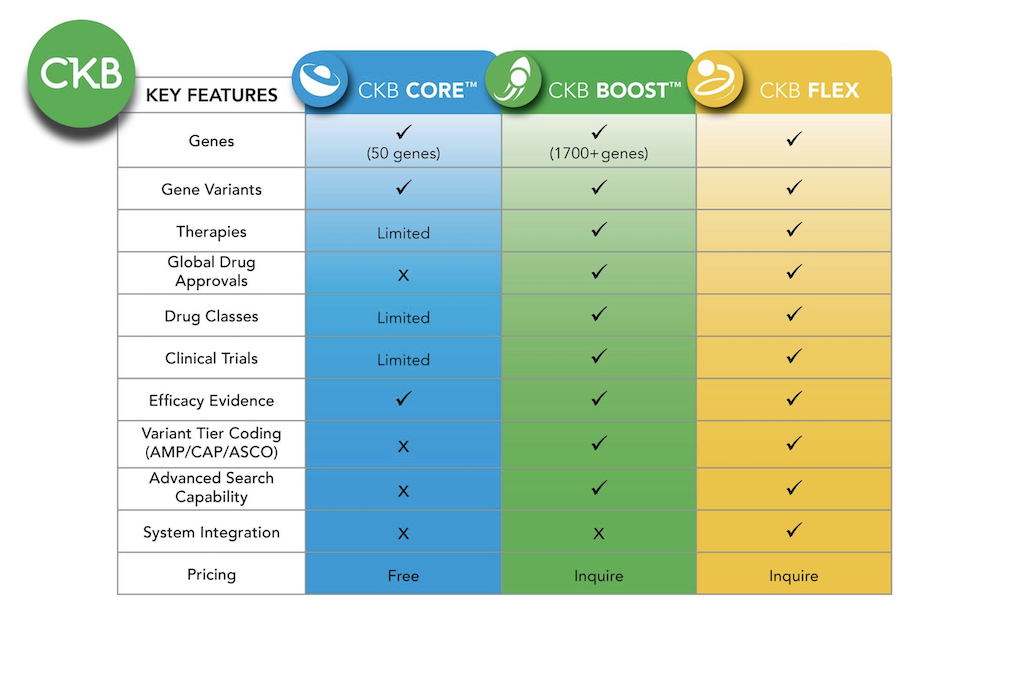Gene Detail
Contact
Missing content? – Request curation!
Request curation for specific Genes, Variants, or PubMed publications.
Have questions, comments, or suggestions? - Let us know!
Email us at : ckbsupport@jax.org
| Gene Symbol | AKT1 | ||||||||||
| Synonyms | AKT | PKB | PKB-ALPHA | PRKBA | RAC | RAC-ALPHA | ||||||||||
| Gene Description | AKT1, RAC-alpha serine/threonine-protein kinase, is a ubquitously expressed serine-threonine protein kinase, which regulates a variety of cell functions including, metabolism, growth, angiogenesis, cell proliferation and survival through PI3K signaling in response to extracellular signals (PMID: 23297823, PMID: 26698230). Akt1 mutations are observed in a variety of tumor types (PMID: 23134728), including breast cancer (PMID: 30212483), gastric cancer (PMID: 29714127), salivary carcinoma (PMID: 29682203), and overexpression has been observed in osteosarcoma (PMID: 29762834) and gastric cancer (PMID: 29278885). | ||||||||||
|
|||||||||||
Additional content available in  CKB BOOST
CKB BOOST
